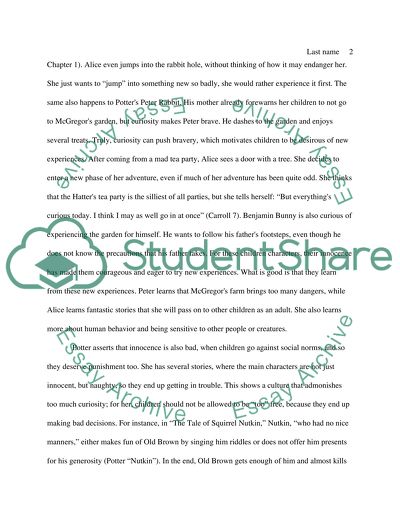Cite this document
(“The Mythology of Childhood Innocence in Potter's and Carroll's Stories Book Report/Review”, n.d.)
The Mythology of Childhood Innocence in Potter's and Carroll's Stories Book Report/Review. Retrieved from https://studentshare.org/literature/1579305-essay1
The Mythology of Childhood Innocence in Potter's and Carroll's Stories Book Report/Review. Retrieved from https://studentshare.org/literature/1579305-essay1
(The Mythology of Childhood Innocence in Potter's and Carroll'S Stories Book Report/Review)
The Mythology of Childhood Innocence in Potter's and Carroll'S Stories Book Report/Review. https://studentshare.org/literature/1579305-essay1.
The Mythology of Childhood Innocence in Potter's and Carroll'S Stories Book Report/Review. https://studentshare.org/literature/1579305-essay1.
“The Mythology of Childhood Innocence in Potter's and Carroll'S Stories Book Report/Review”, n.d. https://studentshare.org/literature/1579305-essay1.


